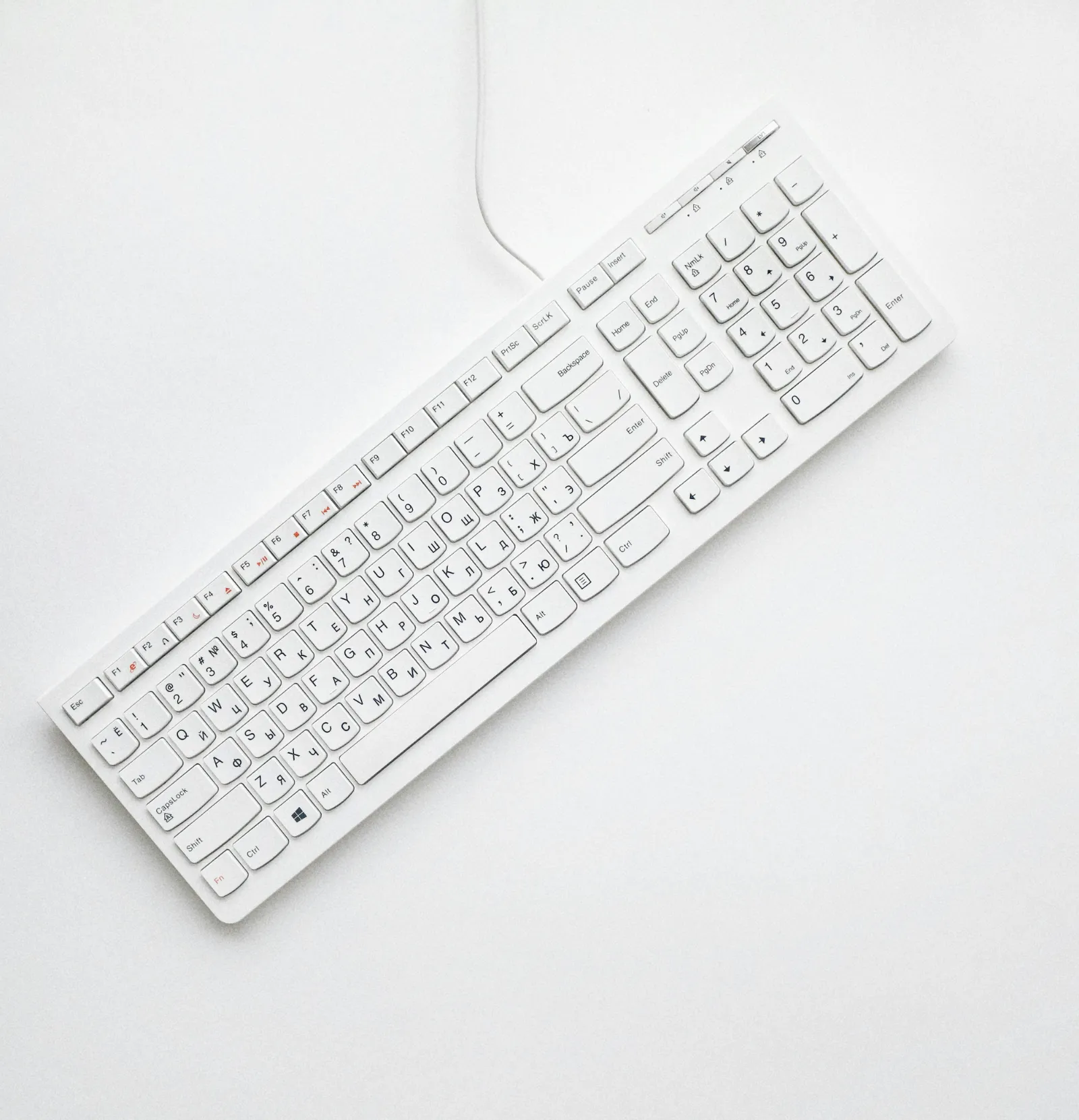In the modern world of digital technology, creating a positive user experience (UX) is essential. Positive UX means designing interfaces with the user at the center of attention, which is incredibly important. A design philosophy known as minimalism has become increasingly popular, as it emphasizes simplicity and clarity to improve the usability of interfaces. This article takes an in-depth look at the concept of user-centric design and underscores minimalism’s significant role in UI/UX.
It outlines the fundamental principles of minimalist design, explores its advantages, and provides practical examples. Additionally, the article addresses common challenges encountered during implementation and offers solutions to ensure a streamlined and engaging user experience.
1. Understanding User-Centric Design

User-centric design, also known as user-centered design (UCD), places the user at the core of the design process. This methodology focuses on understanding the needs, preferences, and behaviors of users to create products that are intuitive and satisfying. UCD involves extensive research, including user interviews, surveys, and usability testing, ensuring that design decisions are based on real user feedback. By prioritizing user needs, designers can create interfaces that not only fulfill user expectations but also enhance overall engagement.
2. How is Minimalism Important for Your Design
Minimalism in design advocates for a “less is more” philosophy, which means focusing on essential elements while eliminating unnecessary clutter. In user-centric design, minimalism is crucial as it helps streamline user interactions, making them more intuitive and less overwhelming. A minimalist approach allows users to concentrate on core functionalities without distraction, resulting in a smoother and more efficient user experience. By removing superfluous elements, designers can highlight critical features, guiding users toward their desired actions.
3. Benefits of a Minimalist User-Centric Approach
Adopting a minimalist, user-centric approach offers numerous advantages:
- Enhanced Usability: By simplifying interfaces, users can navigate more easily and complete tasks efficiently.
- Improved Focus: A clutter-free design reduces distractions, allowing users to concentrate on their objectives.
- Faster Load Times: Fewer elements often lead to quicker loading times, significantly improving user experience, especially on mobile devices.
- Higher User Satisfaction: A clean and intuitive interface can increase user satisfaction and loyalty, fostering long-term engagement.
4. Whitespace Provides Breathing Space

Whitespace, or negative space, is a critical component of minimalist design. It refers to the areas of a layout that are intentionally left empty, allowing elements to stand out. Effective use of whitespace creates breathing room, improving readability and comprehension. By separating content and functionality, whitespace helps users absorb information more easily and can lead to a more enjoyable and less stressful experience. The strategic placement of whitespace can also guide users’ attention to essential elements, improving overall engagement with the interface.
5. Typography as a Design Element
Typography plays a significant role in minimalist UI/UX design. Selecting the right typefaces and maintaining consistent typography can significantly impact readability and user engagement. In minimalist designs, fewer typefaces are typically used to create a cohesive visual language. Clear, legible fonts enhance comprehension, while effective use of font sizes and weights can establish a visual hierarchy that guides users through the content. Prioritizing typography as a design element helps convey messages clearly and contributes to the overall aesthetic of the interface.
6. Challenges and Solutions in Implementing Minimalist Design
Implementing minimalist design presents challenges such as balancing simplicity with functionality, avoiding overly sterile layouts, and ensuring clear communication with minimal elements. Solutions include prioritizing essential content, using whitespace strategically to maintain visual appeal, and employing a focused visual hierarchy to guide users. Careful attention to typography and user feedback can also help achieve a harmonious minimalist design without compromising usability or aesthetics.
7. Focused Visual Hierarchy

Establishing a focused visual hierarchy is essential in minimalist design. A clear visual hierarchy helps users understand the importance of various elements at a glance, guiding them through the interface effortlessly. Designers can achieve this by using contrasting sizes, colors, and placements to emphasize key actions or information. By organizing content hierarchically, users can navigate intuitively, making decisions faster and with greater confidence.
8. Concrete Examples of Achieving Success with Minimalist UI/UX Designs
Several brands have successfully implemented minimalist design principles, demonstrating the effectiveness of this approach:
- Apple: Known for its clean and straightforward design, Apple’s interfaces are characterized by minimalistic aesthetics that prioritize usability. Their websites and applications focus on essential features without overwhelming users with options.
- Airbnb: The Airbnb platform employs a simple interface that highlights essential information about listings, making it easy for users to browse and book accommodations.
- Google: The search engine giant utilizes a minimalist homepage design that centers on its search bar, ensuring users can quickly access its primary functionality.
Conclusion
In conclusion, User-centric design, combined with a minimalist approach, creates a robust framework for crafting intuitive and engaging digital experiences. When thoughtfully applied, minimalism enhances the user experience by removing distractions, improving functionality, and fostering clarity. By prioritizing essential content and creating clean, intuitive interfaces, designers can deliver powerful results that cater directly to user needs. Ultimately, the minimalist approach underscores that less is often more, driving engagement and satisfaction in today’s digital world.
